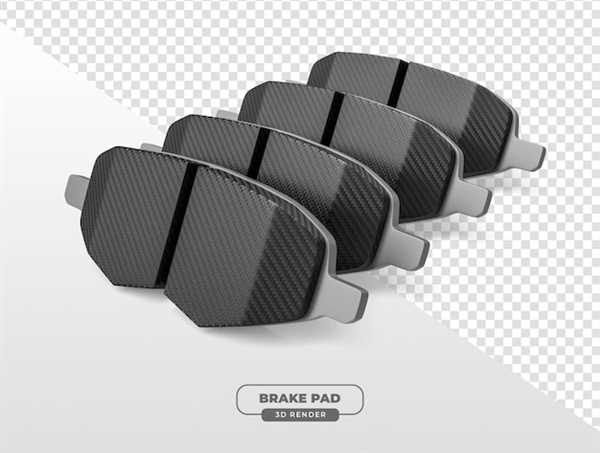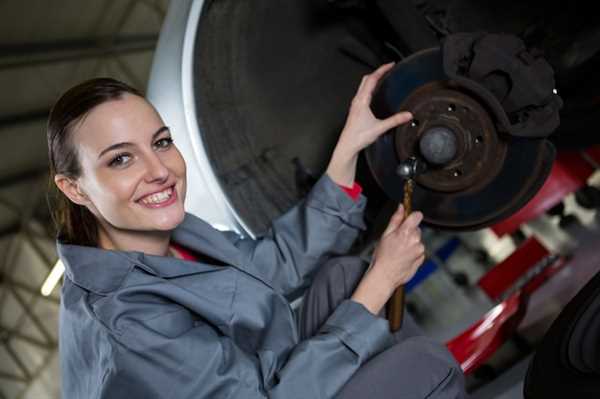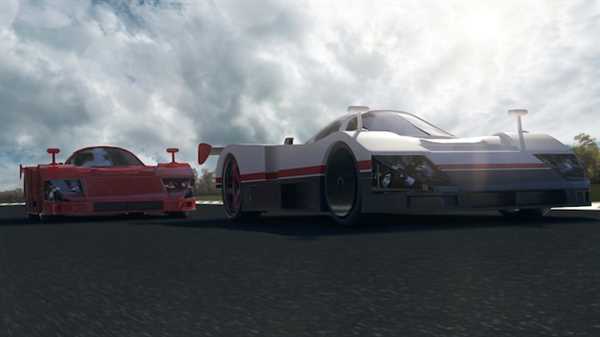
Upgrading to high-performance calipers can dramatically enhance responsiveness and heat dissipation in demanding driving conditions. Consider brands like AP Racing or Brembo, which are renowned for their lightweight, rigid designs that provide superior clamping force, ensuring consistent stopping behavior under stress.
Installing larger discs is another impactful modification. A diameter increase allows for more surface area, improving thermal management and expanding the friction capabilities. Look into slotted or ventilated options that help reduce fade during intense track sessions by promoting airflow and preventing gas buildup.
Focusing on high-friction pads can take the stopping efficiency to another level. Materials such as carbon ceramic or semi-metallic compounds deliver exceptional grip at higher temperatures, enabling quicker deceleration and better control. Brands like Ferodo and EBC offer compelling choices tailored for competitive driving.
Lastly, incorporating braided stainless steel lines enhances pedal feel by minimizing flex, resulting in better feedback and greater precision during braking maneuvers. This simple yet effective enhancement transforms the connection between the driver’s foot and the system, offering a more connected driving experience.
Choosing the Right Brake Pads for Maximum Grip

Select friction materials designed for high temperatures and heavy usage, such as advanced ceramic or metallic compounds. These materials increase grip during intense performance situations.
Consider the operating temperature range of the chosen pads. Ensure they perform optimally within the temperature profile expected during racing or track driving to maintain consistent stopping power.
Evaluate the compound’s bite characteristics. Aggressive formulations provide immediate responsiveness, crucial during competitive scenarios. Look for pads that offer a balance between initial grip and modulation for precise control.
Assess pad compatibility with your rotors. Mismatched pads can lead to uneven wear or reduced effectiveness. Consult manufacturer specifications to ensure optimal pairing.
Examine noise and dust production. Some racing pads generate significant debris, which can affect other components. Prioritize low-dust options when maintaining cleanliness is a concern.
Review user feedback and tests from reputable sources. Real-world performance evaluations help gauge consistency and reliability under various conditions.
Finally, consider the price point against the expected performance gains. Higher investment in friction materials can yield better responsiveness, reducing lap times and enhancing driver confidence.
Essential Upgrades for Improved Brake Cooling

Installing air ducting systems directs airflow to the calipers and rotors, enhancing cooling during high-stress scenarios. This modification significantly reduces heat build-up, ensuring more consistent stopping power.
Consider using performance rotors with enhanced venting designs. Cross-drilled or slotted models allow for greater heat dissipation, helping to maintain optimal temperatures during extended use.
Upgrading to high-quality brake pads made from advanced materials can also aid in cooling. These pads typically feature lower heat retention properties, mitigating the likelihood of brake fade.
Employing lightweight and high-strength materials for calipers helps dissipate heat more effectively. Aluminum and carbon composites are common choices that improve thermal management without adding unnecessary weight.
Installing larger rotors increases surface area for cooling. Ensure that your wheel setup accommodates these components for optimal functionality.
Using cooling fans can provide additional airflow, particularly in closed track conditions. Positioning these strategically can lead to significant improvements in thermal performance.
Upgrading Brake Calipers for Enhanced Stopping Power
Switch to larger, multi-piston calipers to significantly increase clamping force. This upgrade not only improves modulation but also ensures better heat dissipation, reducing fade during intense sessions.
Opt for aluminum or carbon composite materials to lower weight without compromising strength. These choices enhance responsiveness and contribute to overall vehicle dynamics.
Utilize vented calipers to promote airflow, aiding in cooling during extreme conditions. Integrate advanced seals to prevent fluid leaks, maintaining hydraulic efficiency under high stress.
Consider compatibility with high-performance pads that suit your driving style, ensuring optimal surface contact and friction levels. Customize fluid types to resist boiling, further enhancing performance during rigorous activities.
Additionally, evaluate bracket and mounting configurations to guarantee proper alignment with rotors; misalignment can reduce efficiency and lead to premature wear.
Regular inspections after installation will ensure components function correctly and maintain peak efficiency over time.

